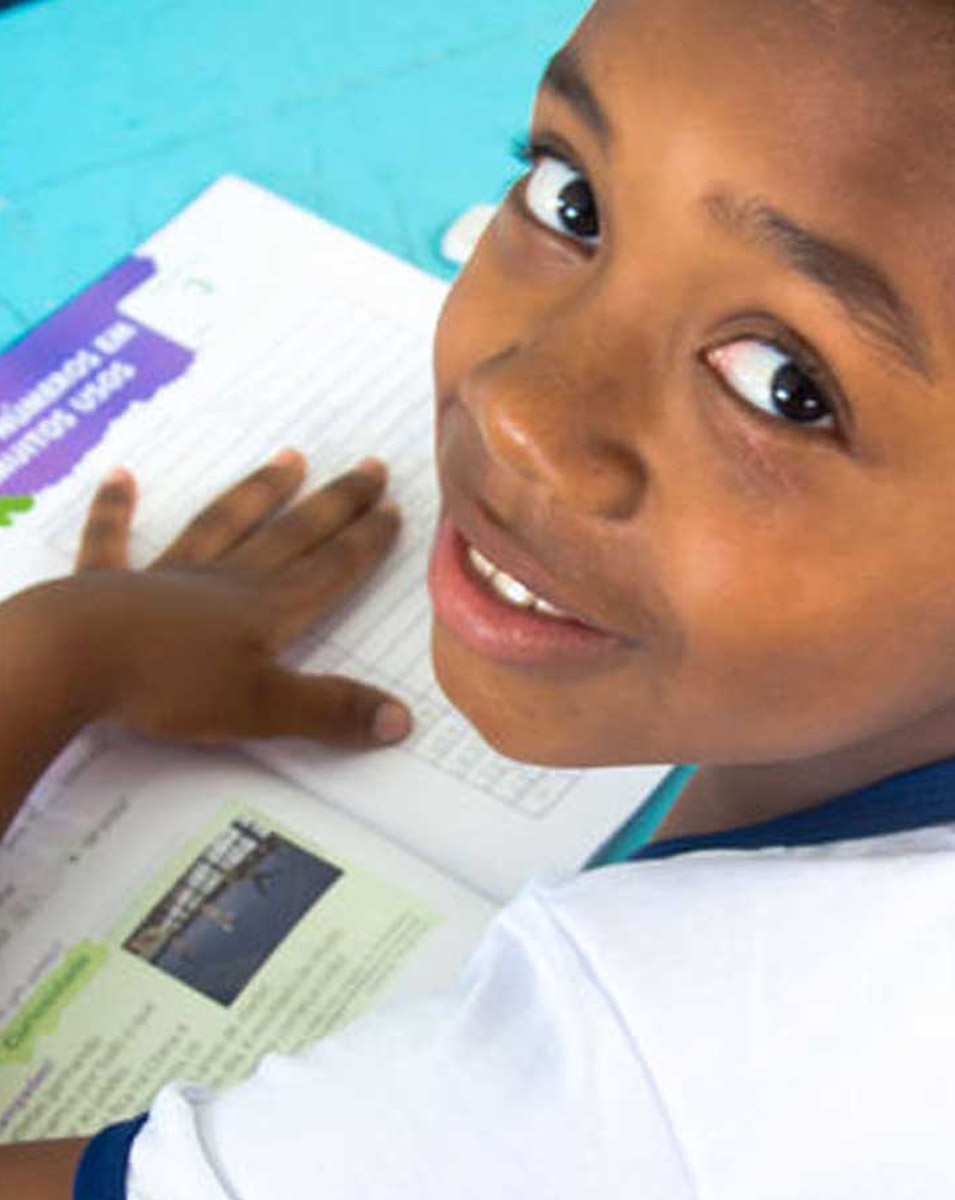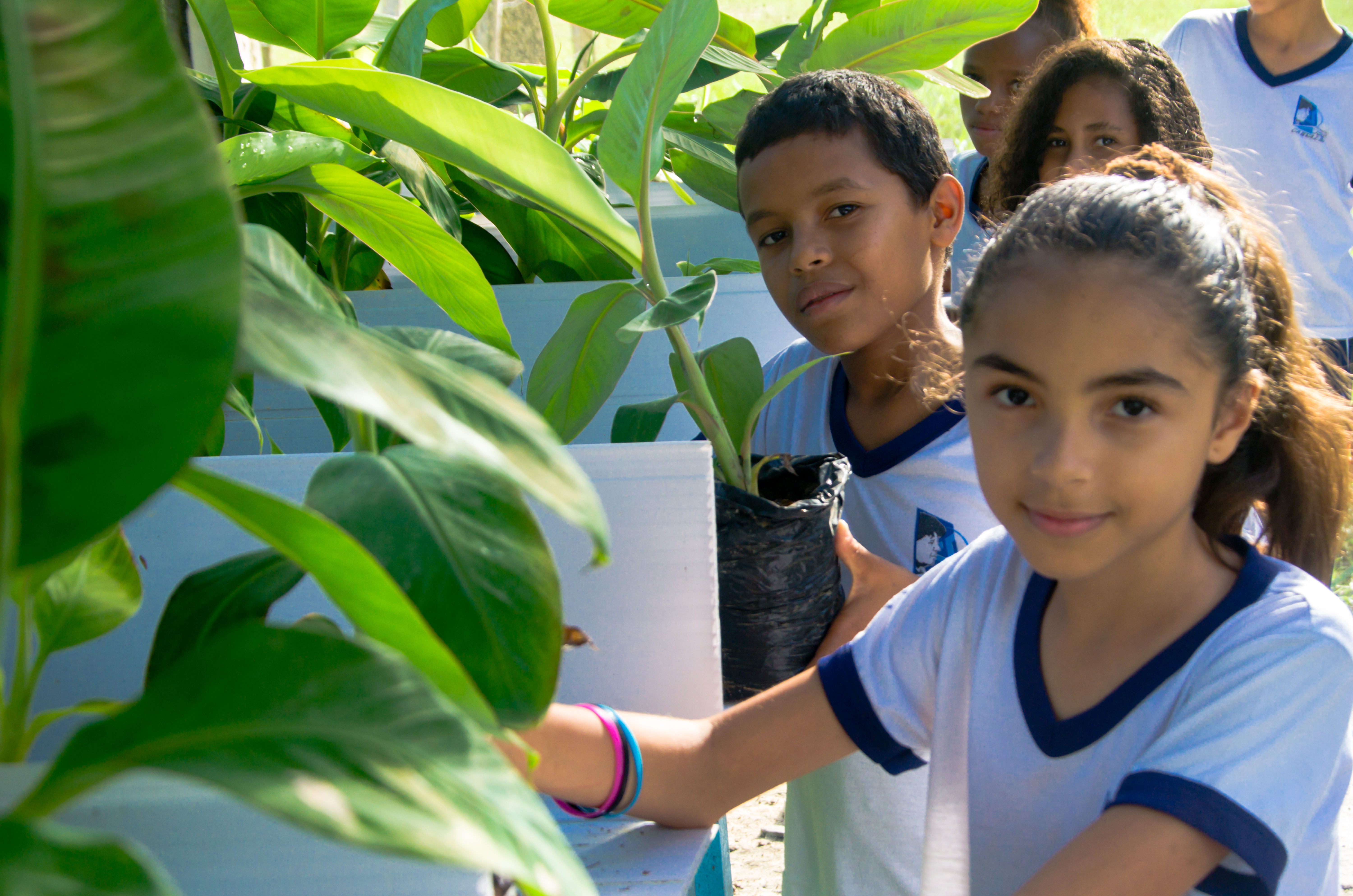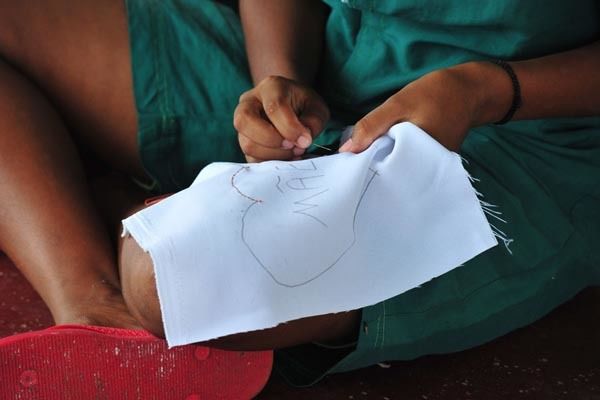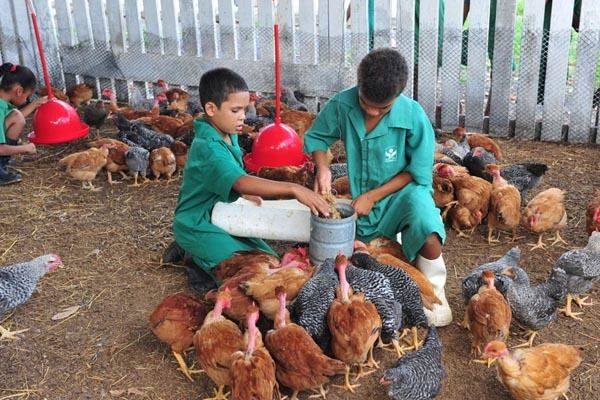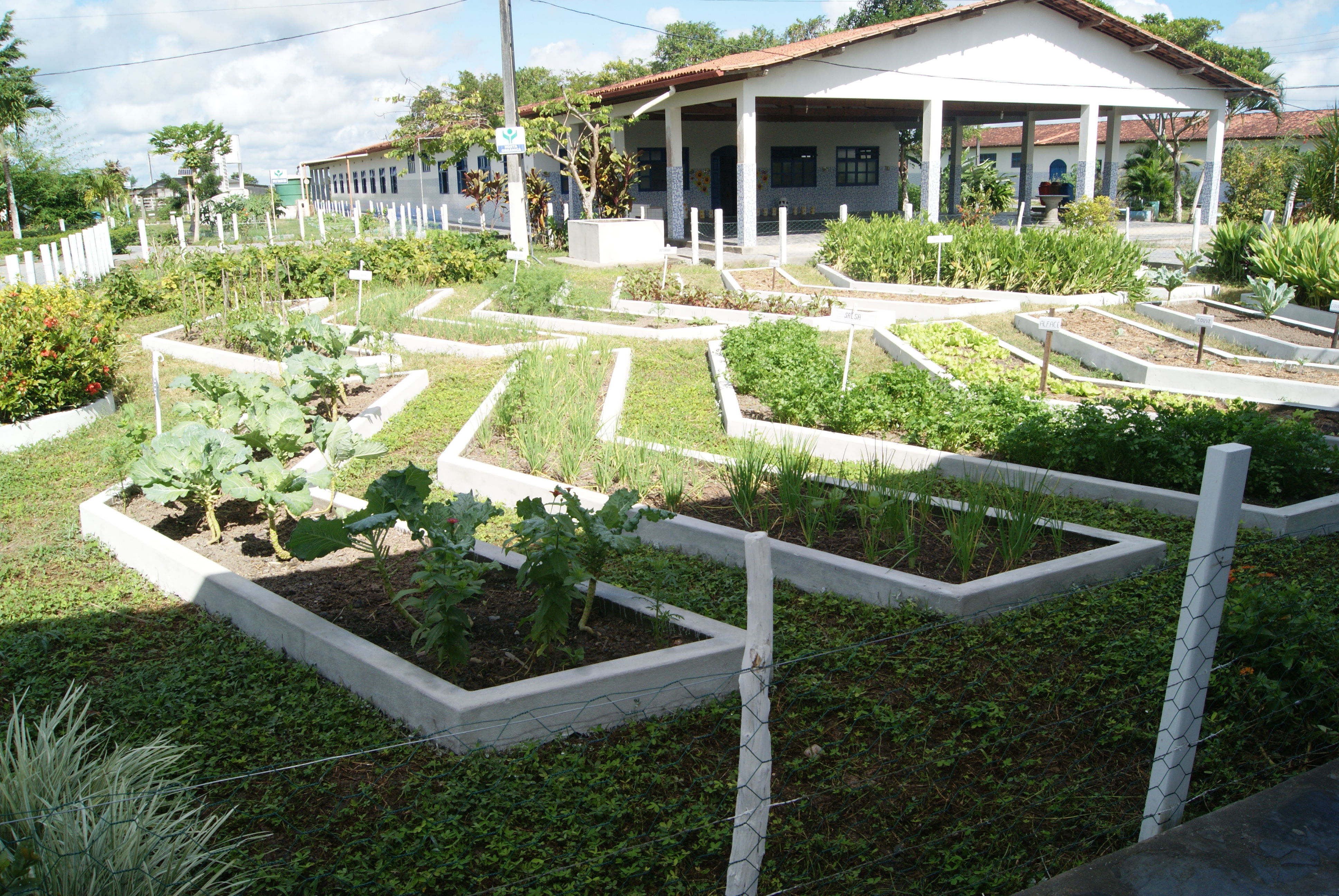In the late 60’s, by initiative of a Jesuit Mission, a french model of rural education that emerged in 1935 was introduced in Brazil, in the rural area of Espírito Santo State. Inspired by this model, the Foundation adopted an alternating schedule system an alternative to overcome the difficulties faced by the rural populations to access quality education, aligned with the possibility to promote family farming and, as a consequence, of providing more adequate conditions for its inhabitant’s settlement and reducing the significant exodus to the big cities.
Thus, in 1987, Brazil’s first alternating rural school for elementary education was founded in Entre Rios, BA.
The Foundation’s third educational unit was named Escola Rural Tina Carvalho (Tina Carvalho Rural Elementary School), as a tribute to the Founder’s younger sister, who passed away at a young age, and had an affectionate nickname.
It serves approximately 600 students annually under the alternating schedule system, a method in which students live at school for 30 days, and at home for 30 days, a period during which they are monitored by itinerant teachers who supervise their homework and field activities carried out in their homes and respective communities.
Coming from more than 20 counties in a radius of approximately 150 km, students learn through theoretical classes and practical activities, whose processes are outlined by the Programa Raízes do Amanhã (Roots of Tomorrow Program), both in relation to educational propositions such as basic technical knowledge involving fruit cultivation, seasonal crops, forests, horticulture, beneficiation, animal husbandry, and solid waste disposal.
The stages of elementary education emphasize cassava cultivation and ornamental fruit trees, areas supported by the partnership with EMBRAPA, which solidifies its contribution through technology transferring; from the installation of experimental laboratories in the School or in the students’ communities; and, finally, from monitoring and verifying the achieved results.
The school in numbers
